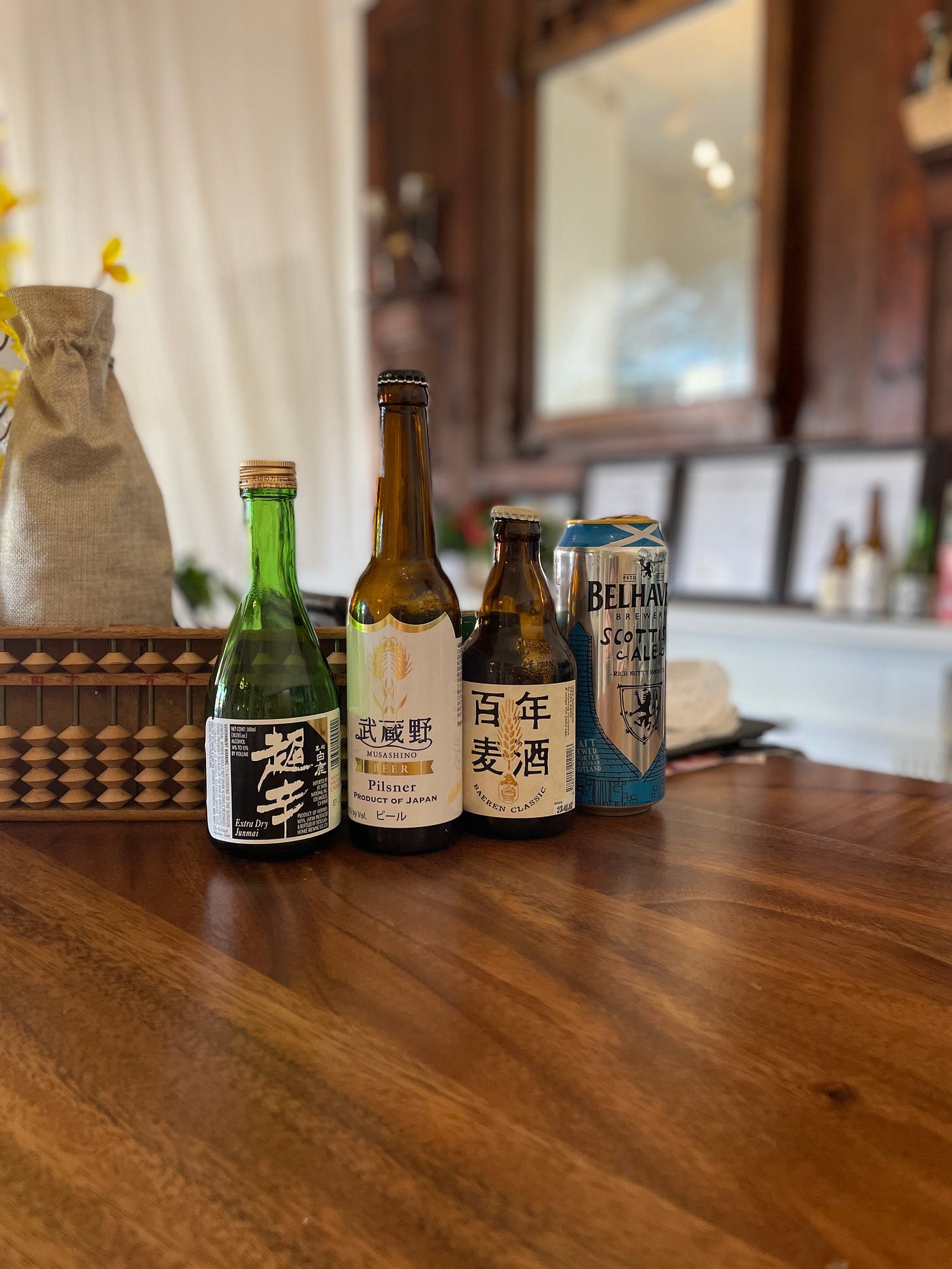The suburb of Kent lies 24 miles south of Seattle on the I-5 corridor. It’s a nondescript assembly of bland boxes, concrete, and asphalt that looks nearly identical to so many other freeway communities in the United States, especially when viewed from the windows of a speeding car.
But if you’re curious enough to venture past the gas stations and fast food joints that beckon from the exits, you’ll find some interesting history and a little bit of charm.
Today I did just that and discovered another famous connection between Seattle and England (the first one I’m referring to is the George Pocock connection). Once known as “Titusville”, Kent was eventually named after the County of Kent in England, all because of its hops exports:
During the late 1870s the town discovered hops production as a major source of income. Due to an aphid invasion which affected hops crops in Europe, hops from the Puget Sound area began to command high prices. Hops were shipped from Titusville either by the river or via rail. In 1889 the town was renamed for the County of Kent, the major hops-producing region in England. Ezra Meeker was asked by the Northern Pacific Railroad to name its station. Meeker suggested that it be known as Kent as it was "Hop Capitol of the West". Hops production in the White River valley came to an end soon after its own invasion of aphids in 1891. 1
I learned this by driving past Georgetown and Boeing and Renton until I arrived at the Kent Historical Society, a museum I’ve been meaning to visit ever since a man I met on a tour late last year at the Wing Luke Museum mentioned it to me. I told him I was writing about the evolution of Seattle’s culinary scene and was especially interested in learning more about early Japanese farmers. He thought I might learn something in Kent.
I did learn a few things. The hops reference, first of all.2 Who knew? Which, of course, led me to doing a little more research when I got home. I discovered then that the Coast Salish people, after their land was taken away and they were driven to the margins, worked for the White settlers to harvest crops, including hops, commuting to the fields in canoes. The European settlers pitted them against the Chinese immigrants:
In Seattle, employers had access to both groups and could hire one or the other, or both, at the same time. This gave hop growers, in particular, the flexibility they needed to accommodate the unpredictable nature of the hop harvest. It also allowed them to exploit divisions between the two in order to depress wages and maintain a profit margin. Though scholars tend to treat Indigenous and Chinese laborers as inhabiting almost separate worlds, their proximity and interconnection made the regional economy possible.3
Typical capitalist move. Come to think of it, even more so today, the food industry wouldn't exist as we know it without immigrants.4
I didn’t learn as much about culinary practices or early restaurant history as I expected to, but I find it interesting to consider how interconnected the world was even back then, before the turn of the 19th century, as evidenced by the Pacific Northwest stepping in to mitigate the English shortage of hops. And how the trade routes formed by the water ways of the Pacific Northwest set the stage for intermingling of cultural forces. A geographical mise en place, if you will, prepping the region’s indigenous and immigrant contributions on the table that was early Seattle.
Next Up












Next time you’re down south, have high tea at https://neelymansion.org.